Pygmalion (1938)
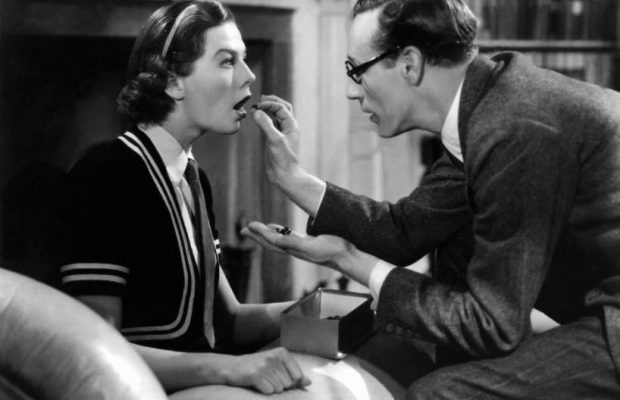
Toronto Film Society presented Pygmalion (1938) on Monday, January 11, 1982 in a double bill with Svengali (1931) as part of the Season 34 Monday Evening Film Buffs Series “B”, Programme 6.
The second Svengali film scheduled for tonight is unavailable.
In its place we have programmed Pygmalion.
Production Company: A Gabriel Pascal Production. Producer: Gabriel Pascal. Directors: Anthony Asquith and Leslie Howard. Assistant Director: Teddy Baird. Screenplay: W.P. Lipscomb, Cecil Lewis, Ian Dalrymple, Anthony Asquith and George Bernard Shaw, based on the play by Shaw. Photography: Harry Stradling. Editor: David Lean. Music: Arthur Honegger.
Cast: Leslie Howard (Henry Higgins), Wendy Hiller (Eliza Doolittle), Wilfrid Lawson (Alfred Doolittle), Marie Lohr (Mrs. Higgins), Scott Sunderland (Colonel Pickering), Jean Cadell (Mrs. Pearce), David Tree (Freddy Eynsford-Hill), Everley Gregg (Mrs. Eynsford-Hill), Leueen MacGrath (Clara Eynsford-Hill), Esme Percy (Aristid Karpathy), Violet Vanbrugh (Ambassadress), Cathleen Nesbitt, Leo Genn, Cecil Troucer (Guests at Embassy Hall).
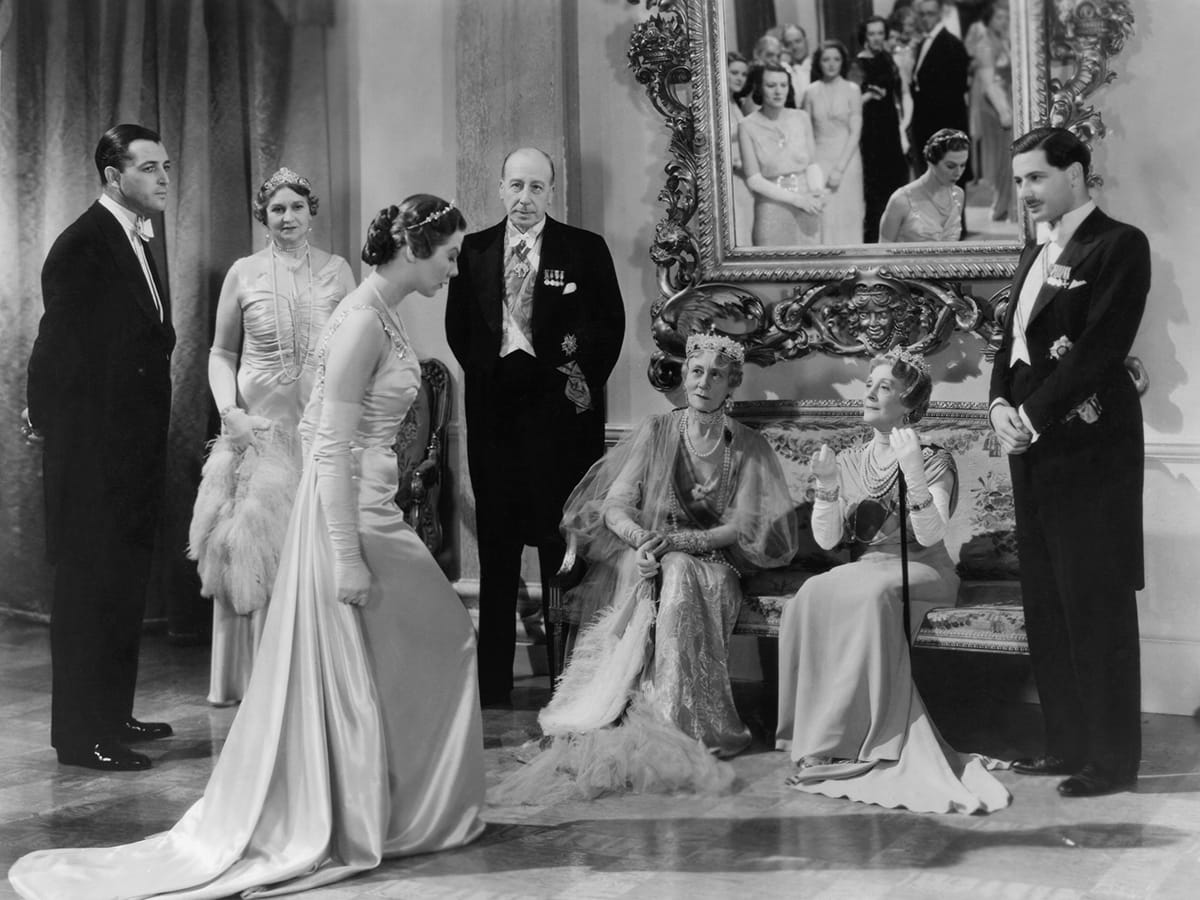
Pygmalion has its basis in a Greek legend wherein a misogynistic sculptor-king of Cyprus fell in love with his own statue of Aphrodite. The story was recycled in various literary and dramatic forms before George Bernard Shaw brought it lasting fame in his 1913 stage play. But his “Galatea” is now Eliza Doolittle, a London flower girl, whose Cockney speech patterns fascinate a bachelor professor of phonetics named Henry Higgins. On the basis of a friend’s wager, Higgins determines to teach Eliza the speech and deportment of a lady within three months’ time, vowing that he will pass her off as a duchess and have her accepted as such by English high society. …
Shaw had had little use for the previous film versions of his plays, How He Lied to Her Husband (1931) and Arms and the Man (1932), and it wasn’t until the charmingly persuasive and enigmatic Gabriel Pascal, a transplanted Transylvanian in his early forties with few certifiable film credits, somehow managed to secure Shaw’s trust and co-operation that this twenty-five-year-old social comedy reached the English-speaking screen (the Germans had already filmed ‘Pygmalion’ in 1935). Shaw’s stipulation to Pascal: that not a word of his play would be changed. As it developed, although some of the play’s less cinematic, philosophical speeches were excised for the screen, most of the remaining dialogue was pure Shaw–the work of four collaborators plus Shaw himself, who helped expand the script to meet cinematic requirements. Oddly enough, when Hollywood Oscars were awarded, Pygmalion copped all the screenwriting awards. Shaw won for his “Screenplay and Dialogue,” while W.P. Lipscomb, Cecil Lewis and Ian Dalrymple, the movie’s officially credited writers, won for their “Adaptation”.
Shaw disapproved of the casting of Leslie Howard as Higgins (he would have preferred Charles Laughton), but realized that Howard would help assure the film’s success. However, he did approve of stage actress Wendy Hiller, who was “introduced” under the film’s title, although she had previously played a leading role in the movie Lancashire Luck the previous year. Shaw had already seen her onstage as Eliza Doolittle in the Shaw Festival at Malvern, and was so impressed that he recommended her to Pascal. Bearing an oddly engaging resemblance to America’s Rosalind Russell, while offering a slight foretaste of Glenda Jackson, Wendy Hiller enjoyed a great personal triumph in this part, from her flawless guttersnipe flower-seller of the opening scenes to her delightfully overarticulate social debutante at Mrs. Higgin’s tea-party (“The rain, they say, stays mainly in the plain”) to, finally, the swanlike creature who captivates one and all at the embassy ball.
Among the film’s alterations of the original play are, of course, the grand ball sequence, which allows the audience to witness Eliza’s truimph, and an ending in which, curiously enough, the shallow Freddy appears to have won Eliza’s affections over the professor!
Anthony Asquith, who shared billing with his associate director and star, Leslie Howard, had not had a good film for several years. But Pygmalion placed him firmly in the front rank of British directors for his brilliant handling of this delicately satirical material. Unfortunately, among the film’s losses (over the play) are a diminution of certain leading character roles. Thus, Wilfred Lawson, as the heroine’s dustman father, loses some of his best speeches, although Lawson’s seasoned presence leaves a definite impact, nonetheless.
Pygmalion represents not only the first really expert filming of a Shaw work, but also one of 1938’s best movies. And it enjoyed as much of a critical success as it was popular with audiences. Shaw and Gabriel Pascal were thus encouraged to plan further collaborations on the filming of Shaw plays. Wendy Hiller suddenly found herself an important film star, sought after by both Hollywood and British studios, although she remained faithful to the stage and most selective in her future movie roles. For many, the 1938 Pygmalion remains in a marvelous class by itself, its modest, black-and-white luster undimmed by comparisons to its glamorous, prize-winning twin sister, the 1956 Broadway musical My Fair Lady or its 1964 screen counterpart.
The Great British Films by Jerry Vermilye, 1978, Citadel Press

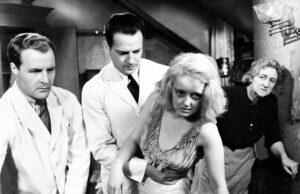
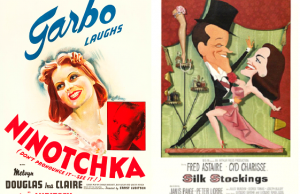
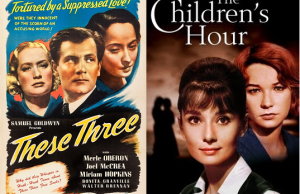






Leave a Reply